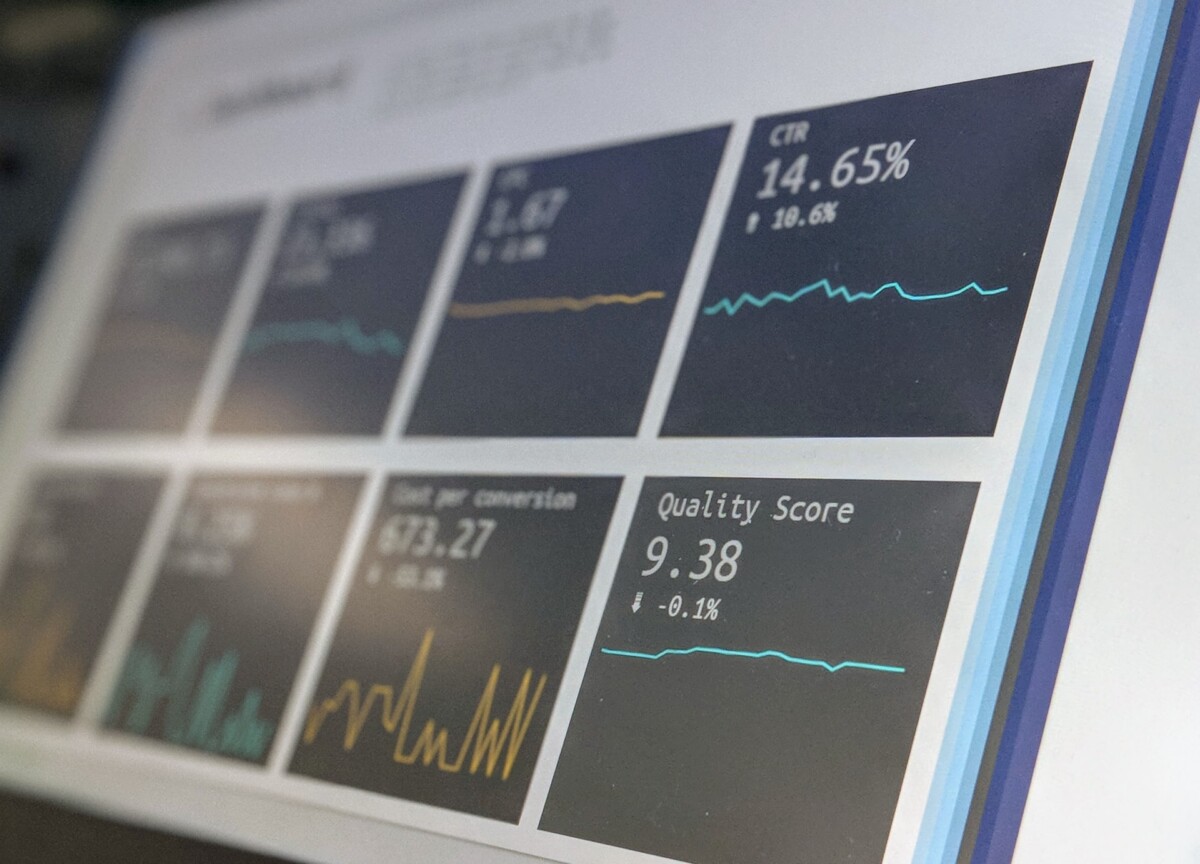Conducting internal audits is arguably one of the most critical facets of a sound quality management system. The sheer range of non-conformance issues that you can avoid by automating your own auditing procedures is innumerable; often quality management issues stem from age-old human error. I understand that perfecting your internal auditing procedures is a lofty goal, but with the right integrated and automated quality management system, it should be easy to achieve.
Automating Audit Calendar: Avoid Paper-Driven Solutions
I cannot understate the importance of transitioning away from paper-driven quality management systems, especially when you conduct internal audits. The simple fact is that outdated paper-based systems are time-consuming and can potentially “lock in” quality management problems, creating consistently repetitive (i.e. wasteful and inefficient) CAPA and non-conformance reports. You can target this common problem by leveraging the automated calendar features of an integrated quality management system. In my opinion, quality management systems that allow you to take a granular, scheduled approach to your internal audits are great for tackling the paper-driven system issue proactively.
Documentation Is Still Key
I must stress that documentation is the most common cause of non-conformance issues. Still, why do manufacturers continually make the same mistake? The root of the documentation problem lies in the inherent inefficiencies of paper-based quality management systems. The margin for human error is simply too high (i.e. too costly), especially when you facilitate CAPA initiatives. Choosing the right quality management software takes pressure off of your company’s internal auditing schedule by automating ECNs and PPAPs alike. Likewise, a single inaccurate document change can trigger myriad quality issues in the future if you count on paper-driven systems.
Create a Digital “Paper Trail” of Auditing Records
Record retention is another area that automated document control software improves greatly, since external auditors can easily assess your internal auditing “paper trail”. From my point of view, digital “paper trails” have many advantages over antiquated paper-driven quality management systems; specifically, digital documentation is more secure. If you conduct business in several different manufacturing sites, the problem of tracking and housing the results of your audits is all the more difficult. Rather than keeping each site’s master auditing records on-site, I recommend taking advantage of a sound quality management system’s record consolidation and automated retention features. Remember that in the field of quality management, document redundancy is not necessarily a bad word. As a proponent of an enterprise-wide approach to quality management, I continually stress the importance of transitioning away from paper-based systems. The tools of today’s manufacturing industry have simply evolved beyond the capabilities of the old (i.e. slow and costly) way of internal auditing. At the end of the day, integrated, automated quality management systems are now an important piece of your internal auditing puzzle.












